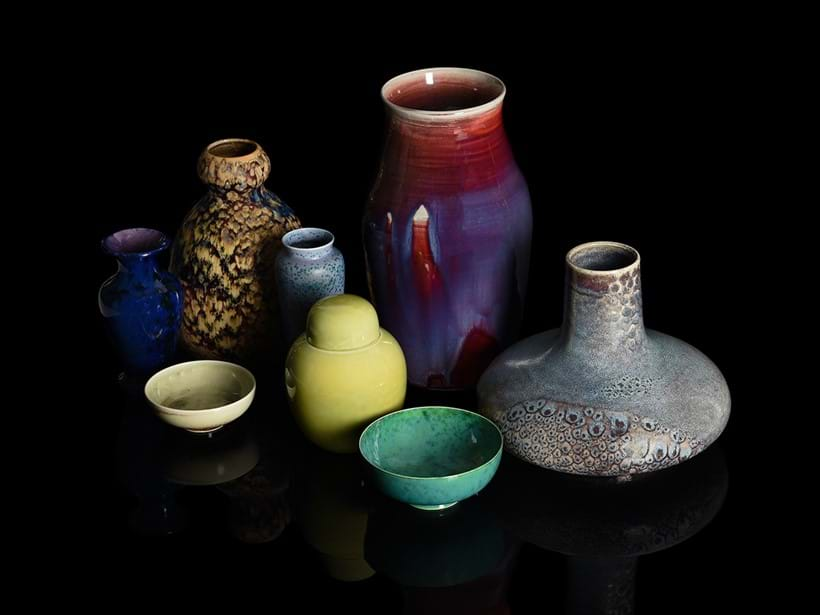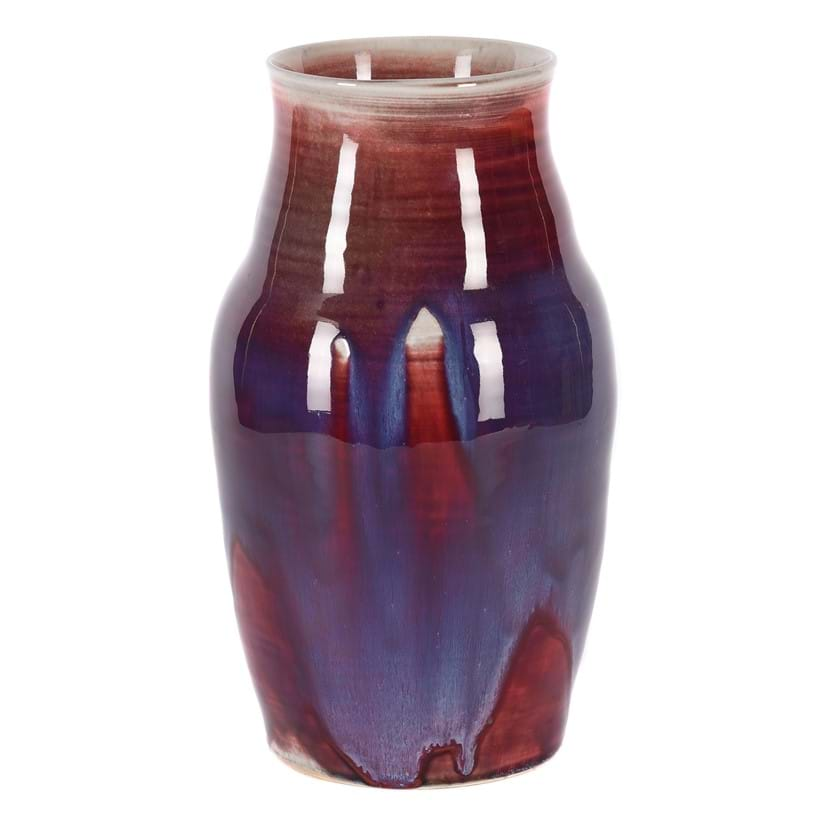Auction Highlights | Interiors | 10 January 2024
Following on from the collection from Pablo Bronstein, the first Interiors sale of the year takes place on Wednesday 10 January. The auction includes over 350 lots encompassing a wide range of furniture, works of art, clocks, carpets, lighting, and garden ornament. Here, Head of Sale, Ashley Matthews picks out some of his favourite pieces from the sale.
Animalier and Sporting Sculpture
Included in the sale are two groups of animalier and sporting bronzes. The pick of these is probably Lot 382, a large bronze model of a stag by Jules-Edmond Masson.

J-E Masson (1871- 1932) was the son of Clovis Masson, himself a renowned sculptor and pupil of Barye. J-E. Masson specialised in depictions of animals, such as in the present lot, as well as equestrian monuments and Orientalist subjects.
In the present sculpture Masson has modelled the beast, an ‘Imperial’ stag, stood majestically atop a rocky outcrop as if surveying his territory beneath. Red Deer are classified by the number of points on their antlers, the subject here with a total of 14 making it an Imperial. The sculpture stands at an impressive 54.5cm high overall.
Campaign Chest of Drawers
Lot 413 and Lot 494 are both examples of Campaign chests of drawers. These solidly built chests, usually in hardwood, were designed to be carried around ‘the front’ and used by officers in their quarters as they moved from camp to camp as the wars progressed. These both have the usual feature of being made in two halves (therefore easy to breakdown and transport) as well as brass reinforcements to the corners and counter-sunk handles, meaning less chance of loss and breakage to projecting handles.
Both date from the 19th century, although sadly neither holding a record of which campaigns they are veterans of. Nowadays campaign furniture sits nicely in a domestic setting and have happily retired from the front line.
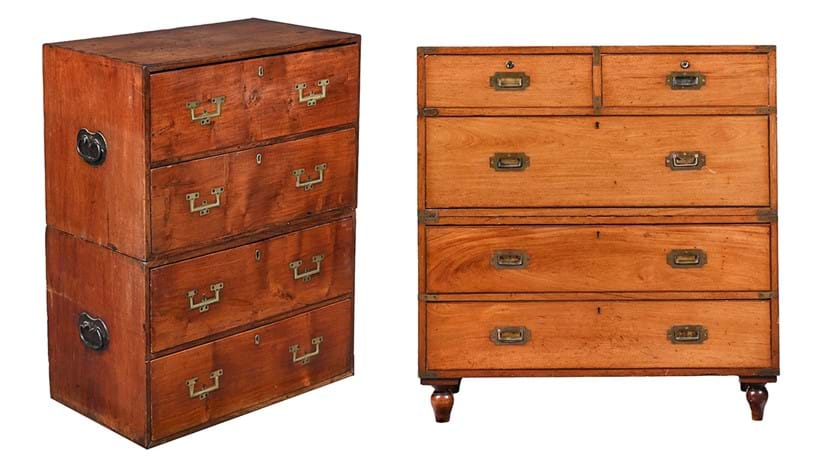
Lalique Glassware
Toward the end of the sale we move into the selection of Decorative Arts since 1860 which moves through art movements from end of the 19th century and up to the modern day. An ever present feature in our Decorative Arts collections is art glassware from the workshops of Lalique, and the January sale is no different. The selection includes no fewer than eight lots, including early tumblers (Lot 615) signed by Rene Lalique (1860-1945), as well as a Nancy pattern shallow dish signed and dated 1990 (Lot 618). An unusual feature of this dish is that the underside is signed M C Lalique - this is Rene’s grand-daughter Marie-Claude who took on the running of the company from 1977-1994.
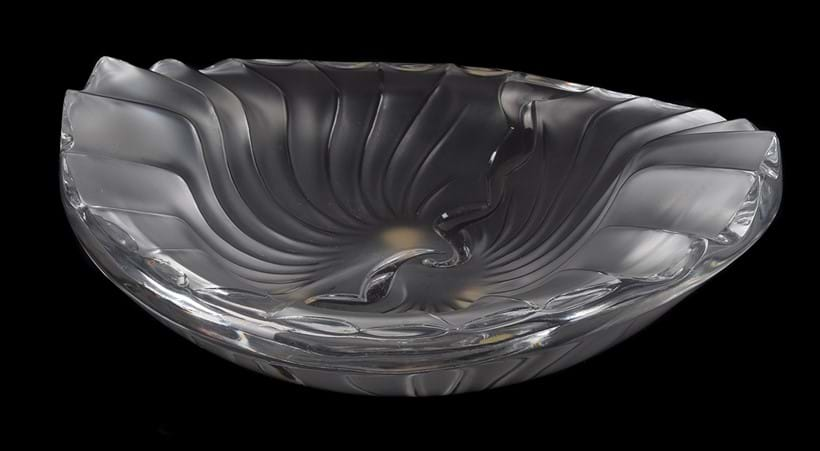
Ruskin Pottery
The sale also contains 27 lots from the Adam Ferneyhough collection and represents an exciting opportunity to obtain a piece of exceptionally rare pottery. The collection comprises lots by William Howson Taylor (1876-1935) for the famous Ruskin studio pottery in the West Midlands (Lots 586-612). The collection was amassed by Adam’s father, Robert, and were gifted to him by Howson Taylor himself on the closure of the factory.
Howson Taylor developed his own special techniques to decorate his pottery. These included ice crystal effects and lustre glazes resulting in many metallic effects, alongside misty soufflé glazes, crystalline and the most prized of all, the blood red sang-de-boeuf and flambé glazes. A wide range of these glazes are represented in the collection on sale here.
The originality of his designs and techniques would go with Howson Taylor to the grave. He wanted the Ruskin name and practices to remain unadulterated after his passing and he directed solicitors to ensure that the machines used, as well all his written / illustrated designs to be destroyed, so that these unique pieces could never be replicated. This destruction of information is one of the reasons why these pieces are so rare today.
With estimates ranging from £80-3,000 (+ fees), the collection includes items from nearly the whole lifespan of the factory. The factory opened in 1898 and the earliest piece dates from 1905; the latest from 1933 which was the year the factory closed.
The stand out item is Lot 594 which is a high-fired vase dating from 1924. The slightly ribbed body is decorated with liver red-streaked lavender glazes, it stands 28.5cm high and was exhibited at the Victoria & Albert Museum, London, in October 1975, (No. 111).
David Linley Furniture
Dreweatts are always happy to offer lots by well known makers and designers. One of the most well known and renowned is the King’s cousin, the second Earl of Snowdon, known professionally as David Linley. The sale includes two lots, Lot 657, an occasional table, and Lot 658, a bench - perhaps the perfect lots to start a ‘Linley’ interior. Both are in traditional taste, following the style of the late 18th and early 19th centuries and would fit into a contemporary interior or a period setting equally well.
The occasional table is made from sycamore, a wood commonly utilised by the workshop and features the characteristic subtle lustre colouring and fine grain. It features both the usual LINLEY furniture stamp as well as bearing the signature of David Linley himself.
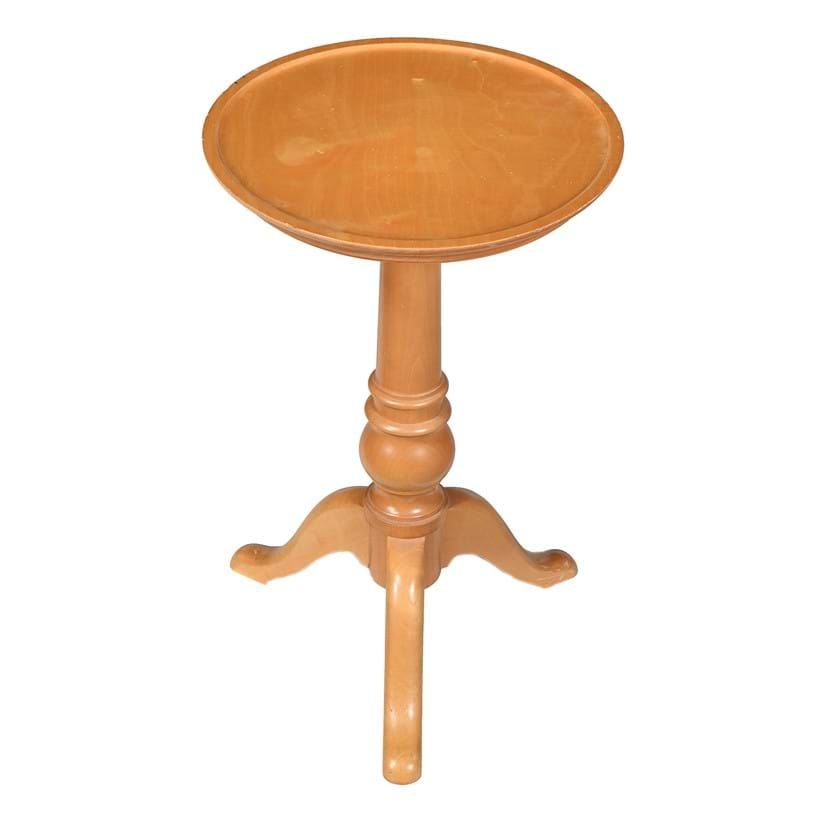
The stool is made from walnut and is somewhat redolent of the work of Thomas Hope and George Bullock. Featuring scrolled ends above a stuffed seat and on sabre legs, the frieze with decorative ‘Bull’s-eyes’. This attractive and versatile stool would work as a dressing stool, window seat, or even at the end of a bed for occasional use.
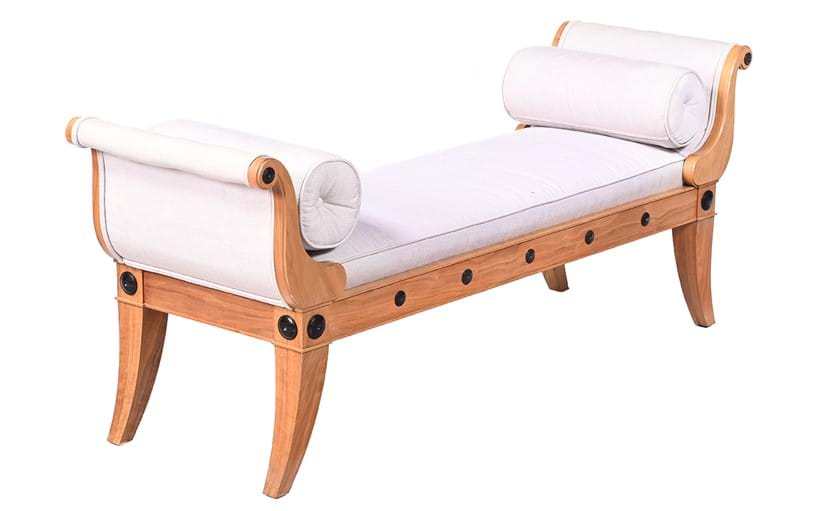
Auction Details
Wednesday 10 January, 10.30am GMT
Donnington Priory, Newbury, Berkshire RG14 2JE
Browse the auction
Sign up to email alerts
VIEWING:
- Viewing in Newbury:
- Sunday 7 January: 10am-3pm
- Monday 8 January: 12 noon-4pm
- Tuesday 9 January: 8.30am-4pm
- Wednesday 10 January: from 8.30am












